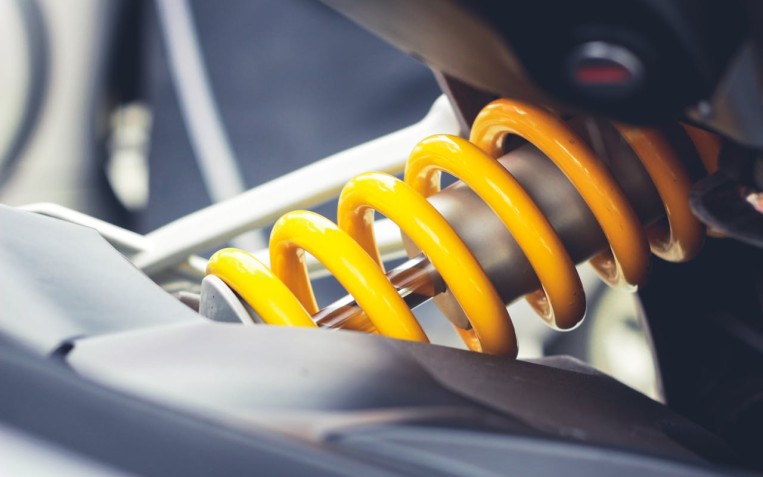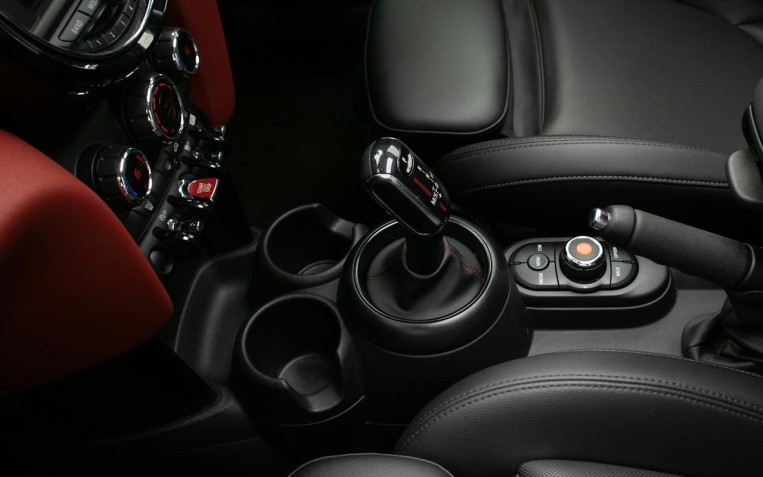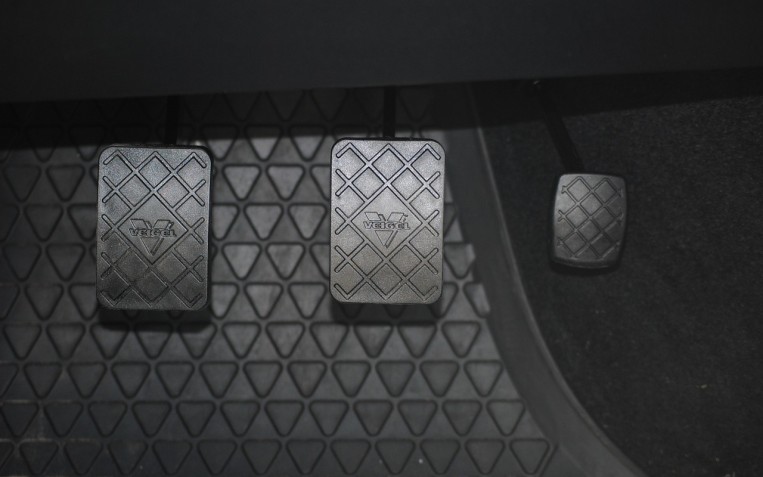How do I replace my car’s cambelt?

The cambelt (timing belt) is a crucial component of any car. Over time, the cambelt will succumb to ageing, thus increasing the risk of the belt snapping or stretching.
Ensuring you replace your cambelt is essential to ensure the smooth running of the engine, as it’ll succumb to wear and tear. Replacing a cambelt can be a complicated process if you’ve never done it before so don’t replace the belt unless you are experienced with car repairs. But how do you replace it? PTA’s step-by-step article explains how to replace a car’s cambelt.
What tools do you need to replace a cambelt?
Before you replace your existing cambelt with a new one, you will need the following tools:
- Jack and jack stands
- A new cambelt
- Screwdrivers
- Socket set
- Spanners
- Combination wrenches
How to replace your car’s cambelt in seven steps
Once you have your tools, you can begin replacing the cambelt. Here’s how you can replace your car’s cambelt in seven steps:
Get the correct cambelt replacement
When finding a cambelt for your vehicle, look at the owner’s manual for the correct one. Alternatively, you can visit your local PTA branch today, and we’ll find the right belt for you. For a smooth ride, it is essential to fit the correct cambelt so that the rubber ‘teeth’ on the belt grip the cogs on the crankshaft and camshafts and keeps them turning in sync.
Disconnect the battery
While you don’t need to remove the battery from the battery terminal to replace the cambelt, it’s a good idea to disconnect the positive and negative battery cables from the battery. Disconnecting it reduces the likelihood of getting a nasty electric shock when replacing the cambelt.
Remove the alternator belt and accessories
To access the cambelt, remove the alternator belt and any accessories which are attached to it.
The alternator belt is located on top of the cambelt. When removing the alternator belt, you’ll need to loosen the nuts and remove the belt. Some models may require you to remove the serpentine belt if it gets in the way.
Once you’ve removed the alternator belt, remove all accessories attached to the cambelt. This includes the air conditioning compressor and power steering pump. Loosen the nuts using a spanner or screwdriver and remove all accessories from the belt.
Align the timing lines and check the cambelt alignment
After you’ve removed the accessories and alternator belt, align the timing lines with a spanner. Rotate the crankshaft bolt and ensure the timing mark is aligned at zero on the timing scale.
Then, remove all screws and bolts that hold the timing cover in place and remove it. Ensure that the crankshaft and camshaft are correctly aligned. To check if the shaft heads are in place, use the dots and lines on the pulleys to ensure they’re in the correct place.
Remove the old or broken cambelt
When replacing your cambelt, ensure the area has no water or oil leakages before removing the existing one on your car. Once you’re happy that the area is leak-free, you can begin loosening or unscrewing the bolts that secure the belt in place. This creates a slack that allows you to remove the old or broken cambelt.
Replace the cambelt with a new one
After removing the old belt, slide the new cambelt into position and ensure it has the correct torque. If you need advice on how to fit a new cambelt, refer to your vehicle’s owner’s manual or visit one of our garages, and we’ll fit a brand-new cambelt on for you.
Reassemble all parts in your car’s engine bay
Once you’ve fitted the new cambelt, you can reassemble all the parts you removed back into place. After you’ve attached everything in the engine bay, start your car and take your car for a slow test drive to make sure the cambelt is working correctly.
Understanding how to replace your car’s cambelt can ensure the engine continues to run smoothly. Does your vehicle’s cambelt need to be replaced soon? Our article discovers the signs that indicate a cambelt replacement. Book your next MOT or service at your nearest PTA branch today.
Related Content

Should I have soft or stiff suspension springs for my vehicle?
Suspension springs are essential for maintaining your vehicle’s stability and ride height. Over time, the springs will succumb to wear and tear, which affects how your car handles, brakes and accelerates on the road. Discover whether you should...

What is engine braking?
Engine braking involves taking your foot off the accelerator pedal, allowing your car to slow down. Over time, the parts on your vehicle’s braki...

A guide to the different types of car clutches
The clutch is responsible for channelling the power from the engine, through to the gearbox, and the wheels. Your vehicle's clutch will differ dependi...

